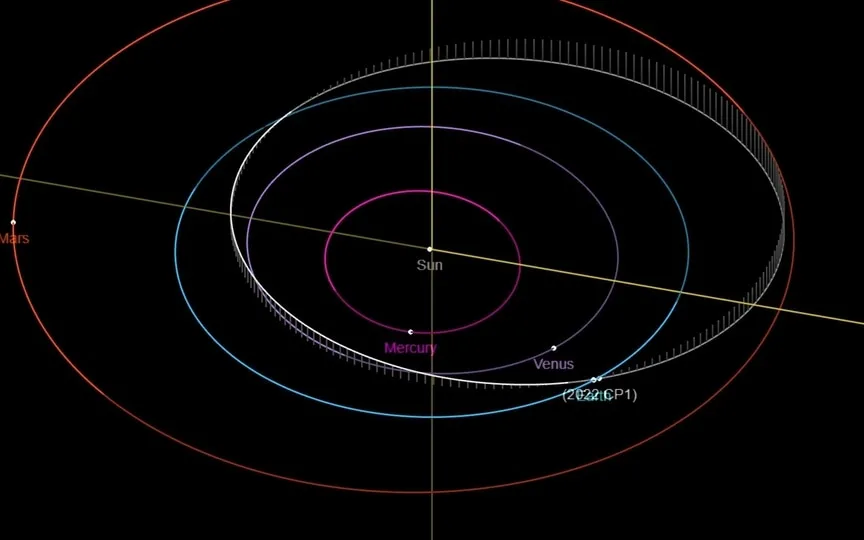NASA Reveals Details of Asteroid 2022 CP1’s Return to Earth After 70 Years
The Earth was greatly affected by an asteroid collision approximately 65 million years ago, shaping its future. Although this event had devastating consequences, it was not the largest asteroid impact in history. Scientists have recently discovered the largest asteroid crater ever found beneath the surface in New South Wales, Australia. Known as the Deniliquin structure, it spans an impressive width of nearly 520 kilometers, surpassing the previously identified largest crater called Vredefort, which measured around 300 kilometers wide. The Deniliquin impact is believed to have taken place on the eastern portion of the Gondwana supercontinent before its fragmentation.
And asteroids haven’t stopped coming and flying past Earth, and NASA is constantly monitoring them using its advanced technology. Now the US space agency has issued a warning about an asteroid that will pass the Earth in the near future.
Asteroid 2022 CP1
An asteroid called Asteroid 2022 CP1 is heading towards Earth and will make its closest approach to the planet today, August 17th. The asteroid was detected by the Defense Coordination Office (PDCO), which oversees NASA. in the sky and observing various Near-Earth Objects (NEOs). According to NASA, asteroid 2022 CP1 is expected to make its closest approach to the planet at a distance of 5.2 million kilometers at a speed of 35347 kilometers per hour.
It belongs to Apollo’s group of Near-Earth Asteroids, which are Earth-passing space rocks with semi-major axes larger than Earth’s. These asteroids are named after the huge 1862 Apollo asteroid discovered by German astronomer Karl Reinmuth in the 1930s.
Despite its close approach, asteroid 2022 CP1 does not pose a potential threat to the planet due to its relatively small size. At about 38 feet wide, the asteroid is the size of a bus. It does not meet the criteria to be classified as a potentially dangerous item.
What’s more amazing is that this is not the first time this asteroid has come close to Earth. Its first close approach in recorded history was on August 19, 1956, when it passed the planet at a distance of 2.4 million kilometers. After today, this asteroid will make its next closest approach to Earth on February 7, 2051, when it will pass at a distance of 6 million kilometers.




